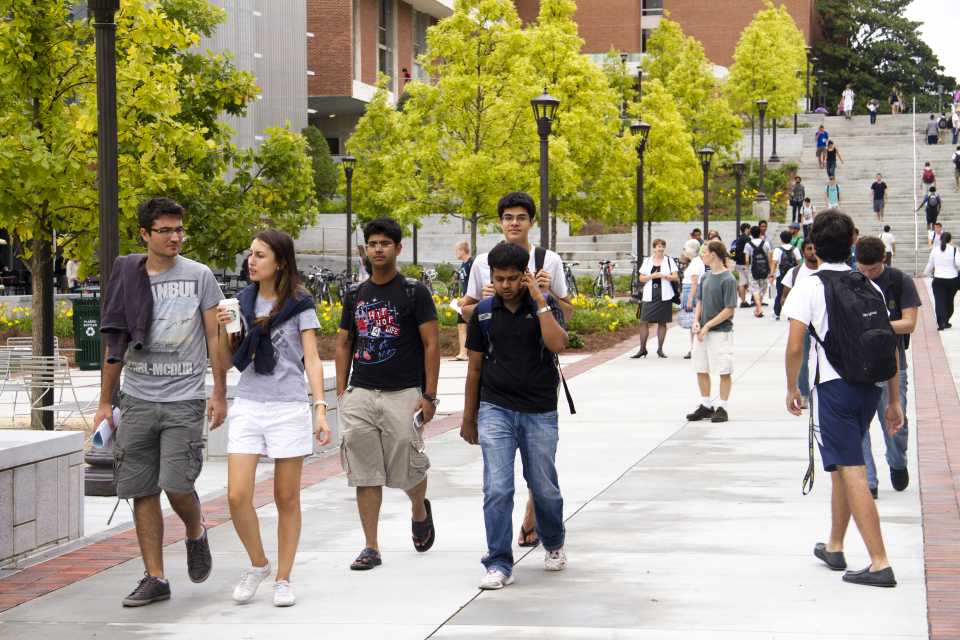Tech is known for being a diverse campus and it is a fact that many of us are proud of. Being a research institute, it only seems natural that the university would want to quantify and analyze this information. By releasing the institute climate assessment survey to students to complete, Tech has attempted to do just that.
Yet for all of its effort, the survey does not go far enough in exploring the various factors that help mold and shape our student body. There are a number of factors that narrowly focused surveys neglect to focus. This assessment in particular fails to acknowledge social factors, ranging from diversity of thought, political ideology, religious faith and sexual orientation.
It goes without saying that quantifying abstractions such as those mentioned is a extraordinarily hard task, but finding a solution can be approached in a couple of ways. First, smaller focus groups having more meaningful discussions can lead to a better and more in-depth database of answers. Second, the university should focus on encouraging students to venture outside their comfort zones and immerse themselves in new and diverse communities.
Ultimately, the power of promoting the mixing of cultures does not fall with the reach of the university, but rather the student. It is the Tech student who has the ability to not limit themselves to particular cultural organizations, help fellow international students bridge language barriers and promoting general awareness by word of mouth. In collective culture organizations the student gains even more power to promote the mixing of social, religious and demographic diversity.
It should be the duty of these student groups to promote a greater awareness of their own individual message through the continuation of public events, rather than closed-door events.
